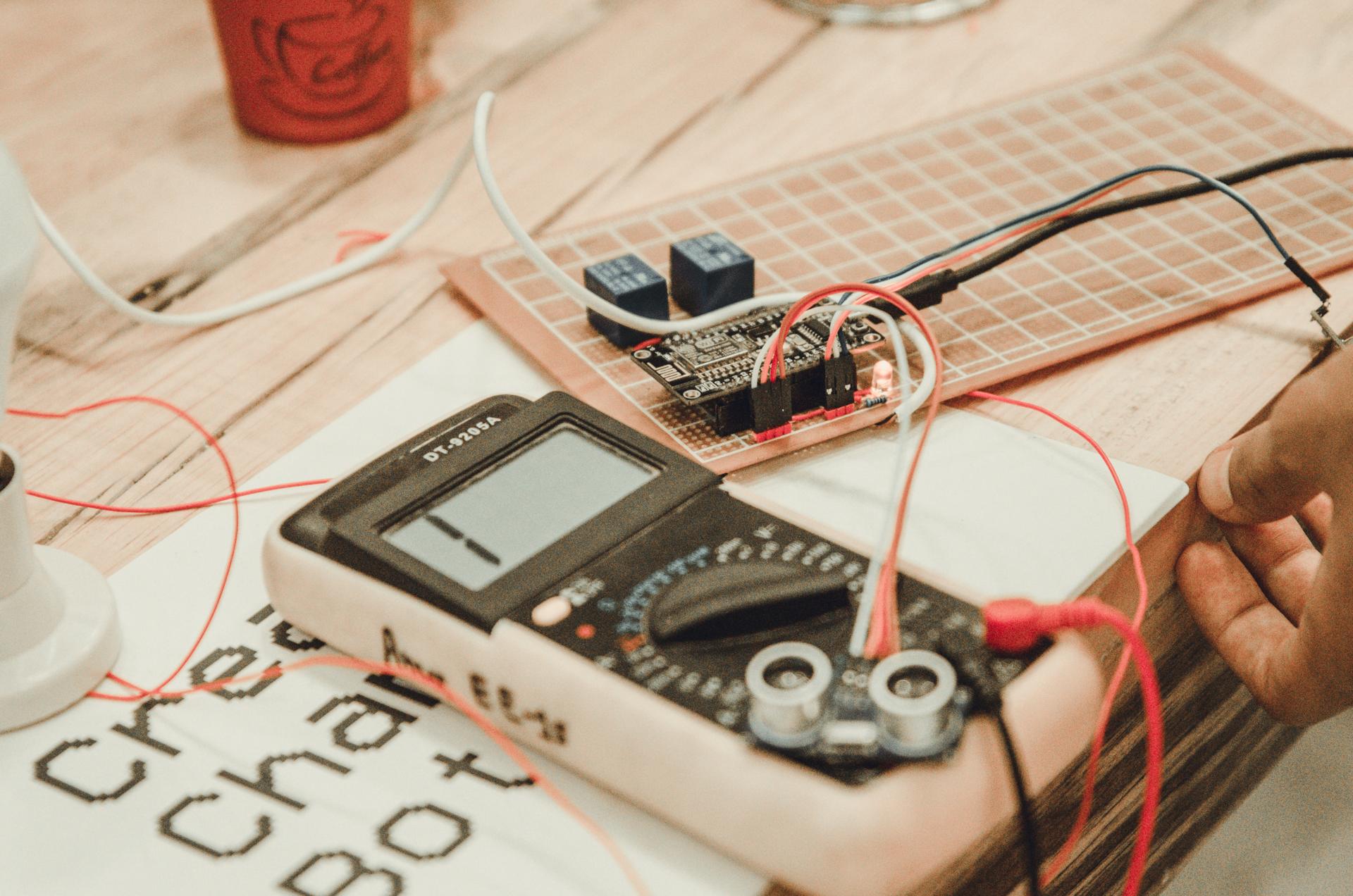Ways to Test Your Home's Electrical Safety: A Complete Tutorial

In terms of home security, one of the most important aspects to be considered is electrical safety. Testing for electrical safety is the procedure of testing the electrical system in your home to make sure that it’s safe and current. In this article, we’ll provide you with information on what the electrical safety tests are, what tools you’ll require in order to carry them out, the best method to perform the tests, and what warning signs you should be on the lookout for.
What’s an Electrical Safety Test?
An electrical safety test is the procedure of examining the electrical system in your home to ensure that it is safe and working properly. Electrical safety tests are important as they can in preventing electrical fires and electrical accidents and also ensure the long-term durability the electrical systems you have.
Tools Needed for an Electrical Safety Test
To conduct an electrical safety check, you’ll require a few basic equipment. These include a voltage tester as well as a continuity tester, circuit tester, as well as an outlet tester. The voltage tester is used to look for live circuits, while the continuity tester looks for damaged circuits. Circuit testers are used to check for wiring faults, and outlets testers are utilized to identify wiring problems in the outlets. It’s important to use these devices correctly to get exact results.
How do I Conduct an Electrical Safety Test
To perform the electrical test at your home Follow these steps:
Switch off the power source on the circuit or circuits you’re trying to test.
Utilize your voltage tester to look for live circuits.
Make use of the test for continuity to look for damaged circuits.
Utilize the circuit tester to test for electrical faults.
Make use of the outlet tester to find any wiring issues in the outlets.
When testing Be sure to check for any evidence of wear or damage on the wires, such as frayed or broken wires, burn marks, as well as loose or damaged connections. If you discover any problems, it’s important to address the issues as soon as you can to prevent potential hazards.
Signals of electrical problems to Look Out For
There are a variety of indicators that may indicate electrical problems in your home. These include flickering lights, frequent circuit breaker tripping noises that crackle or buzz emanating from outlets, the appearance of outlets that are discolored or hot as well as a burning smell. If you spot any of these warning indications, you should act immediately to prevent possible electrical hazards.
Conclusion
Tests for electrical safety are vital for ensuring your safety and your family. Through regular testing and fixing any issues quickly to avoid any potential dangers to your electrical system and prolong the life of your electric system. If you need assistance with electrical testing or repairs Don’t hesitate to reach out to Local Electrician Surry Hills. Our experienced team can give you professional guidance and assistance. Contact us via 1300 941 876 to schedule an appointment or request a quotation.
FAQ Section
When should I do an electrical safety check in my home?
We suggest conducting safety tests for electrical equipment at least once a year.
Can I perform an electric safety check on my own , or do I need a professional?
While it’s possible to perform tests for electrical safety by yourself, it’s recommended to hire an expert to guarantee accurate results and to avoid any potential dangers.
Are there any frequently encountered electrical problems that can be found during an electrical safety test?
The most frequently-repeated electrical issues discovered during a safety check are faulty wiring, overloaded circuits and obsolete electrical systems.
What should I do if I find an issue during the electrical safety check?
If you find an issue when you conduct the electrical safety check It is crucial to act immediately. This could include making contact with an expert electrician to address the issue or replacing the equipment that is malfunctioning.
